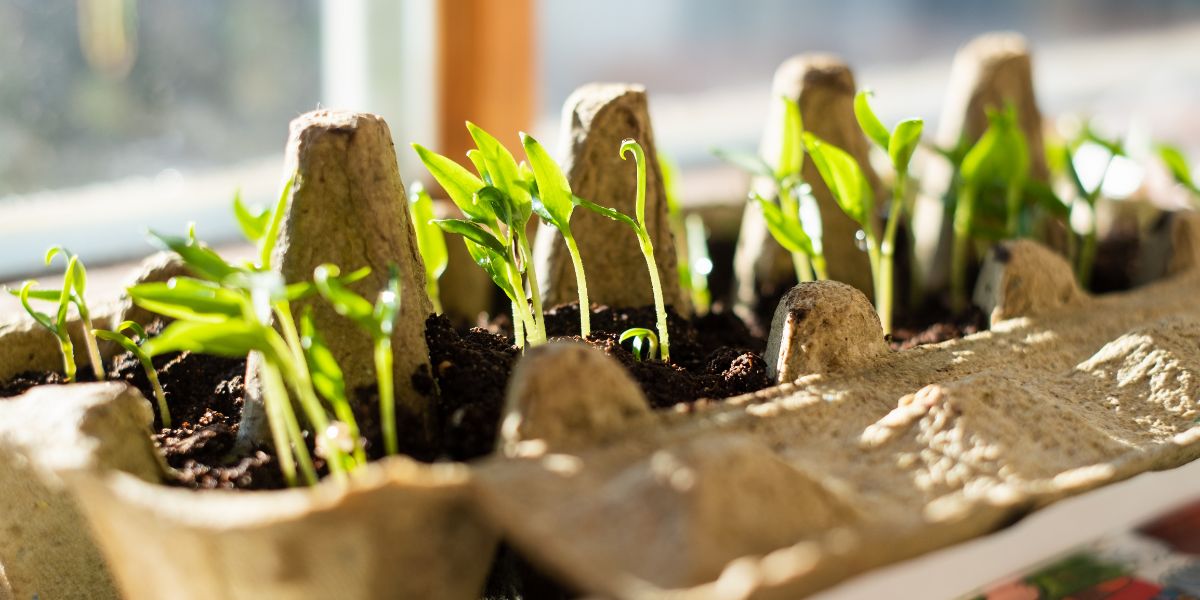Growing your own food is the practice of cultivating fruits, vegetables, herbs, and sometimes small livestock to provide fresh and healthy produce. This approach promotes self-reliance, reduces grocery expenses, and offers environmental benefits. It is possible to start growing food at any scale—from small container gardens to large backyard plots.
This guide explains the essential steps, benefits, and common questions related to growing your own grow your own food.
Why Grow Your Own Food?
Growing food at home provides several advantages:
- Freshness and Nutrition: Homegrown produce is fresh and retains higher nutrient levels.
- Cost Savings: Growing common vegetables and herbs reduces grocery bills.
- Environmental Impact: Less transportation and packaging reduce carbon footprint.
- Food Security: Producing food independently improves access during shortages.
- Physical Activity: Gardening offers moderate exercise and stress relief.
How to Start Growing Your Own Food
1. Assess Your Space
Determine available gardening space such as a backyard, balcony, or windowsill. Space size influences what crops to grow and the gardening methods used.
2. Choose Suitable Crops
Select plants based on your climate, soil, space, and preferences. Easy starter crops include lettuce, tomatoes, radishes, herbs, and green beans.
3. Prepare the Soil
Healthy soil supports plant growth. Test soil pH and nutrients. Add compost or organic matter to improve fertility and drainage.
4. Planting
Follow planting instructions for depth, spacing, and timing. Seeds or seedlings can be used depending on the crop.
5. Watering and Maintenance
Provide regular watering according to plant needs. Remove weeds, monitor pests, and apply organic fertilizers as necessary.
6. Harvesting
Pick crops at their peak ripeness to ensure best flavor and nutrition. Harvesting frequency depends on the plant type.
Gardening Methods for Growing Your Own Food
- Traditional In-Ground Gardening: Best for larger spaces with good soil.
- Container Gardening: Suitable for small spaces using pots or raised beds.
- Hydroponics: Growing plants in nutrient-rich water without soil.
- Vertical Gardening: Maximizes space by growing plants upward using trellises or wall-mounted systems.
FAQ: Grow Your Own Food
What is the easiest vegetable to grow?
Lettuce, radishes, and green beans are fast-growing and low maintenance.
How much space is needed to grow food for one person?
Approximately 200 square feet can supply significant vegetables for one person annually.
Can I grow food indoors?
Yes. Herbs and leafy greens grow well indoors with sufficient light.
How often should I water my garden?
Most vegetables need 1 to 1.5 inches of water per week, adjusted for weather and soil type.
Is organic gardening better?
Organic gardening avoids synthetic chemicals and focuses on natural methods, often improving soil health and biodiversity.
Conclusion
Growing your own food is a practical and rewarding way to improve nutrition, reduce costs, and support environmental health. With proper planning, soil preparation, and care, even beginners can successfully cultivate a variety of fruits, vegetables, and herbs.
Whether using a small balcony garden or a backyard plot, growing food at home increases self-reliance and connects individuals to the natural cycle of food production.


